Riolunato is a medieval village nestled in the Apennine mountains, in the province of Modena, and a renowned tourist destination known as the “village of May.” Situated at the watershed between the Modena area and Tuscany, it lies beneath the southern ridge of Mount Cimone.
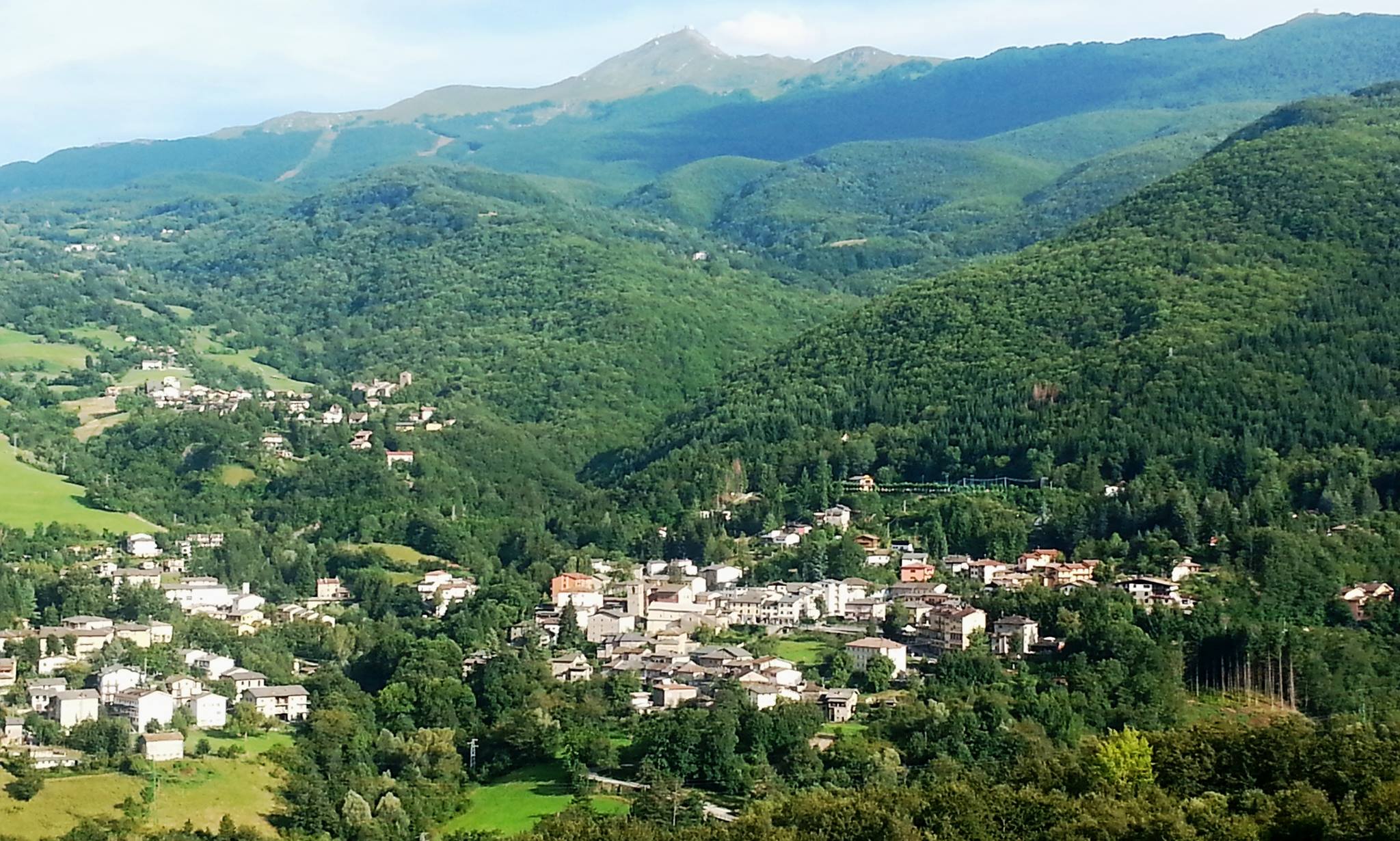
PLACES TO VISIT
Riolunato blends history, traditions, and medieval charm with stunning natural surroundings, perfect for solo travelers and families alike. The area offers not only cultural and architectural gems but also unspoiled landscapes, including the protected Frignano Park and numerous lakes and streams.
A must-visit is the breathtaking Pollina Waterfalls on the Rio Monio stream, followed by a tasting of craft beers from the master brewers of Castellino. Visitors can follow a scenic footpath tracing the Rio Monio upstream from the Scoltenna River to reach the waterfalls. In Castellino, the artisanal brewery is nestled in the historic manor house “Casa Gigli.”
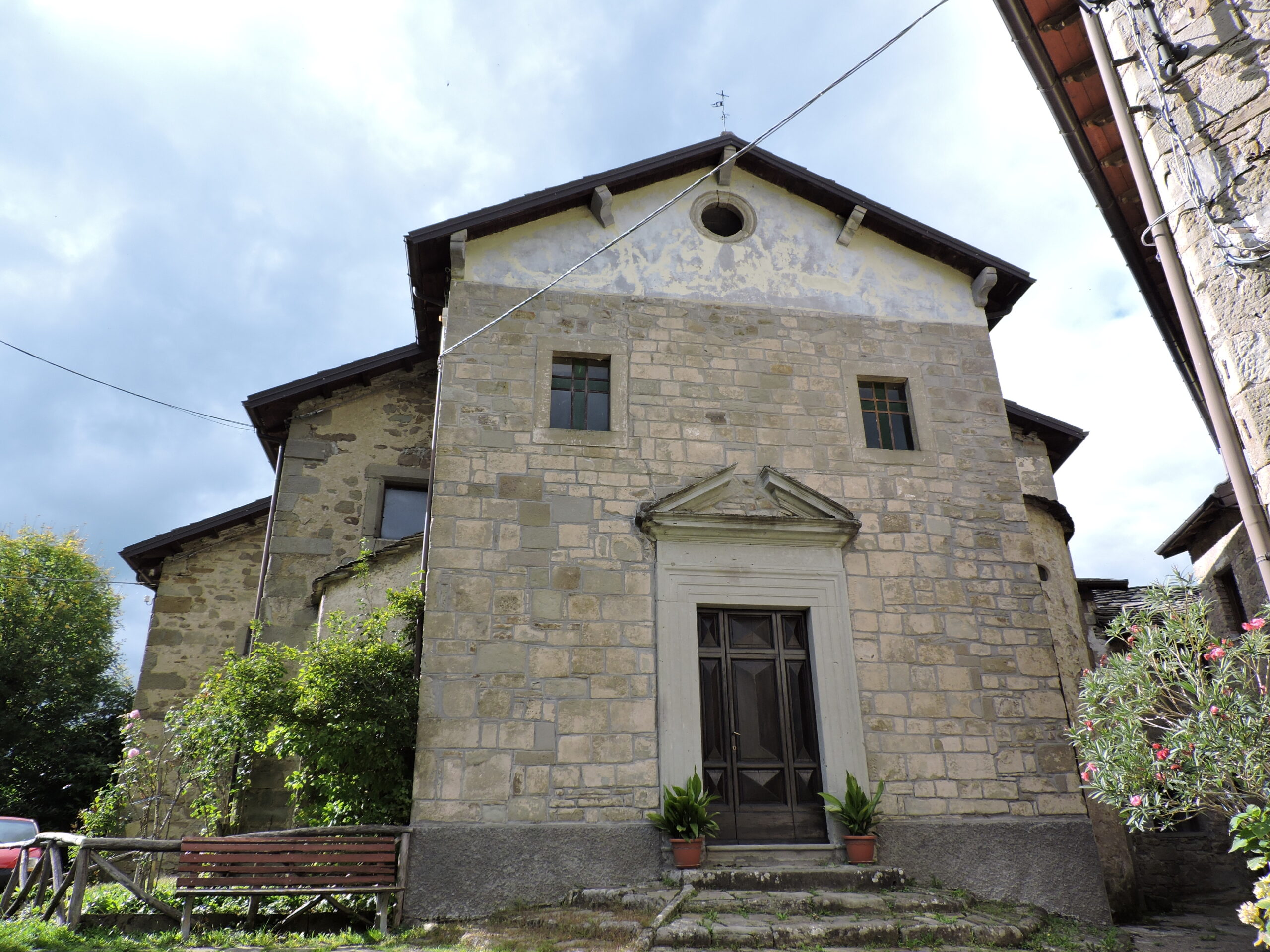
THE CUISINE
From crescentine (fried bread) to borlenghi (thin pancakes), from zuccherini (sugar cookies) to ciacci (chestnut pancakes), along with forest treasures like blueberries, raspberries, mushrooms, and chestnuts, the Modena Apennines offer a vibrant tapestry of authentic flavors. The mountain culinary tradition stands out for its timeless recipes, lovingly passed down through generations. Visitors can purchase these specialties from local shops or directly from producers.
Those wishing to rediscover ancient flavors shouldn’t miss the Ricotta Festival, held on the second Sunday of October. Dedicated to shepherding traditions, it offers a unique opportunity to savor fresh ricotta dishes and watch master shepherds at work, transforming milk into cheese and ricotta.
HISTORY
Riolunato originally centered around Castello, a small fortress said to have been home to the renowned 15th-century military leader, Obizzo da Montegarullo. Legend has it he was killed in Riolunato during battles against the Este family for control of the Frignano region.
The village that grew in the valley near the Scoltenna River gradually became the main settlement, officially becoming the municipal seat in 1544 under the name Riolunato.
By 1492, the town had its own statutes, approved by Duke Ercole I d’Este, and in 1611, the Church of San Giacomo Maggiore opened for worship. The municipality remained part of the Este state until Italian unification.
Between 1786 and 1787, a massive avalanche from the Groppo slope nearly caused the village’s destruction by creating a dam on the Scoltenna stream. The following months saw the land beneath Riolunato dangerously close to erosion.
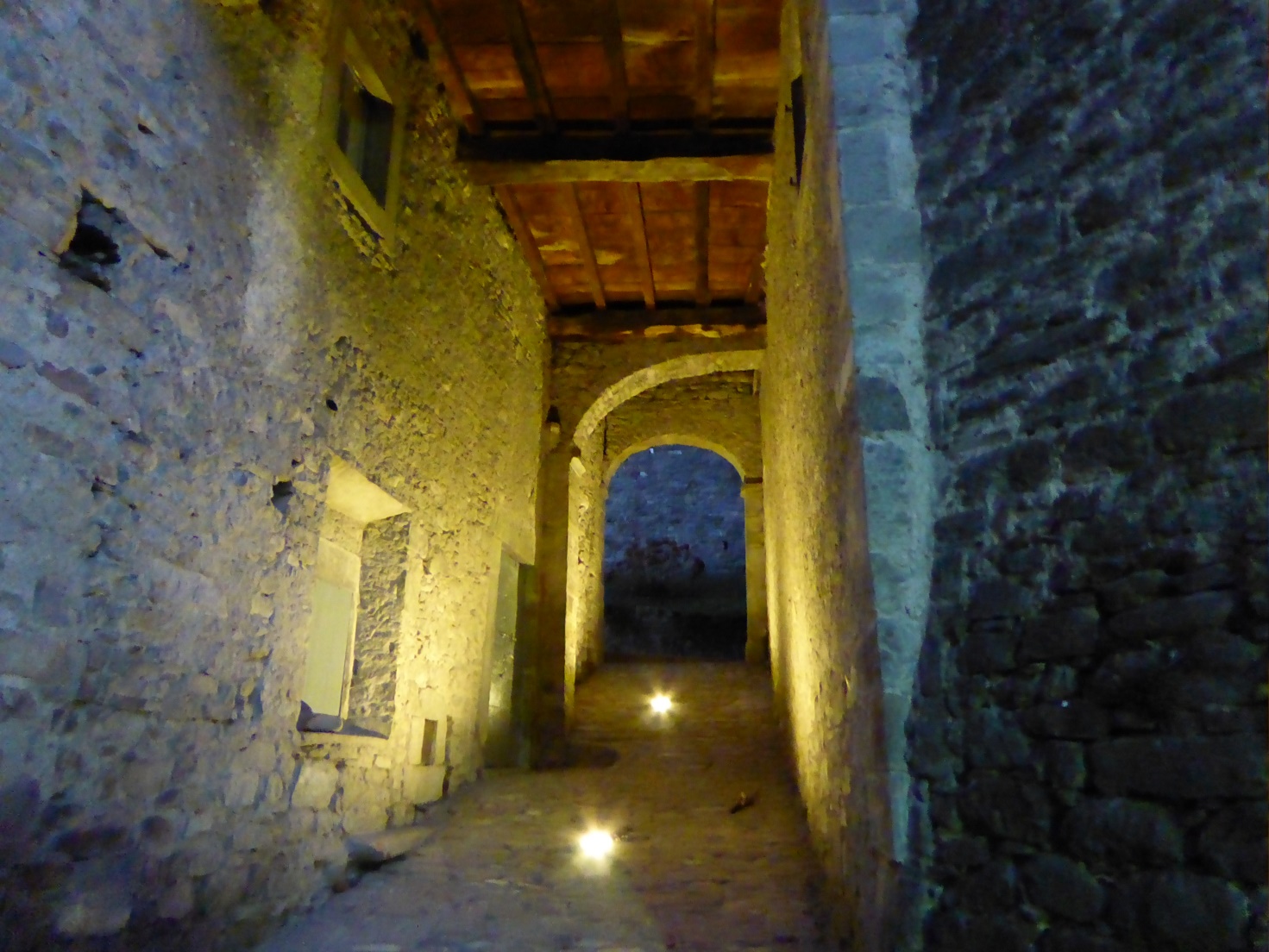
THE PERSONALITY
Albert Gallois, a Frenchman from Bayeux, was among the earliest promoters of Esperanto in Italy, spending several years living in Riolunato. A passionate advocate of this universal language, which he embraced in 1902, Gallois believed in Esperanto’s power to foster understanding and peace among peoples worldwide.
Gallois co-founded the Italian Society for the Promotion of Esperanto and moved to Riolunato after his marriage. Curiously, according to theologian Luigi Giambene, Gallois allegedly did not speak Italian and relied on Esperanto to produce the Italian translations of two grammars by Théophile Cart and the “Fundamento de Esperanto.”
THE BEST MTB ROUTE
Home to the Le Polle ski resort, Riolunato is part of the Monte Cimone district — the top winter sports destination in Emilia-Romagna. In summer, the area transforms into an outdoor playground offering trekking, orienteering, Nordic walking, horseback riding, hang gliding, paragliding, canoeing, and tennis.
Mountain biking and e-biking enthusiasts will find plenty of thrilling trails. Among them, the 43.7 km loop with 1,180 meters of elevation gain stands out: starting and finishing in Riolunato, the route follows stretches of the historic Via Vandelli, climbs to Centocroci Pass via the Celtic Hut junction, and returns along the scenic path near the Moon Bridge.
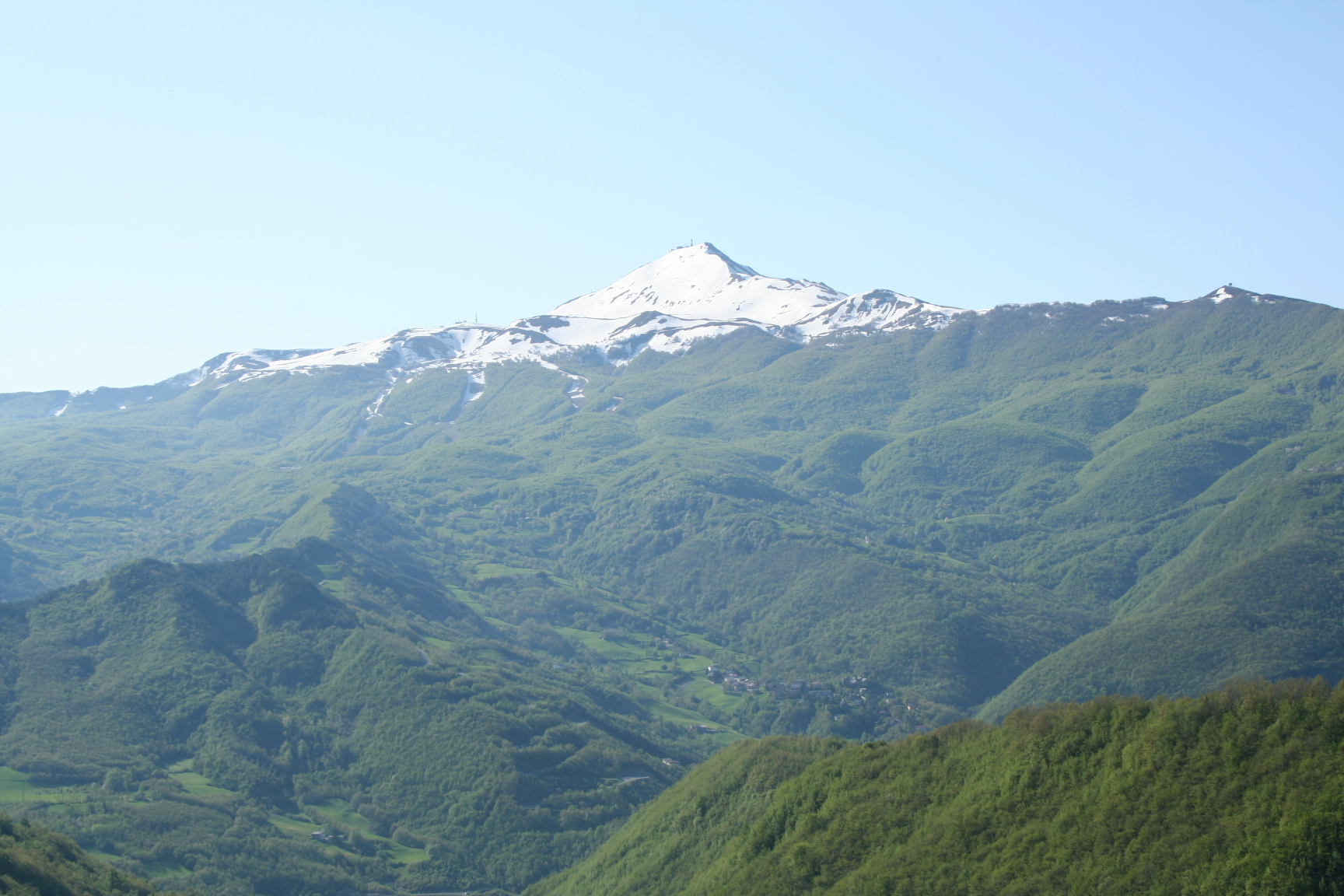
MUST-SEE EVENT
A highlight of Riolunato’s calendar is the Luna Rio Fest, held the first weekend of July — a one-of-a-kind celebration blending entertainment, art, culture, and solidarity. Nicknamed the “summer New Year’s Eve” of the Apennines, the event supports vital AESOP projects.
Every three years, Riolunato revives the “Maggio delle Ragazze” (May of the Girls) tradition, with celebrations on April 30th and the second Sunday of May. The 2025 dates are April 30th and May 11th. This ancient celebration welcomes the arrival of the warm season with rites wishing for health and abundant harvests.
The “Maggio delle Ragazze” brings together all the young people of the village, who dedicate themselves to organizing this unique festival. It’s a cherished tradition, passed down through generations, involving the entire community.
The festival unfolds in two stages: first, on the evening of April 30th, when the youth bring greetings and festivities to families and young women; then, on the afternoon of May 11th, a joyful parade of boys and girls crosses the flower-adorned squares of the historic center, culminating in traditional dances and songs in the church square.
HOW TO GET THERE
Riolunato is easily accessible by car: exit at Modena Nord on the A1 motorway and continue south on the Sassuolo/Maranello/Abetone bypass, then join the SS12.
Alternatively, from the A11, exit at Pistoia, follow the Pistoia connector, and head toward Modena/Abetone to join the SS12.
Bus connections are available via SETA lines, including the extraurban lines 810 (Abetone–Pavullo del Frignano) and 845 (Frassinoro–Pievepelago–Sestola–Pavullo del Frignano).
The closest airports are Bologna (90 km) and Florence (96 km).
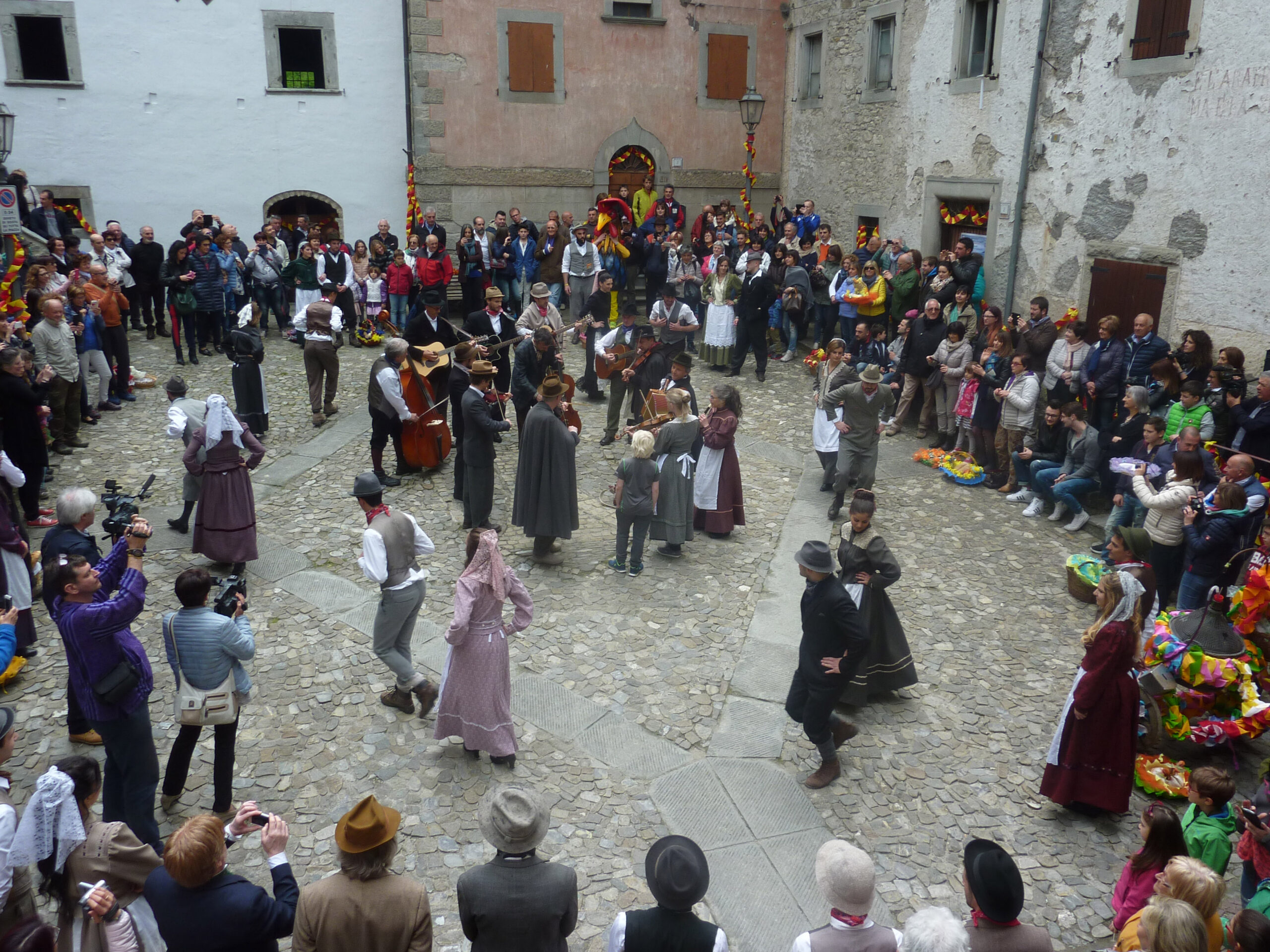
RIOLUNATO AND APPENNINICA MTB STAGE RACE
Appenninica MTB Stage Race 2025
Stage 3: Lizzano in Belvedere – Riolunato
Stage 4: Riolunato – Castelnovo ne’ Monti
